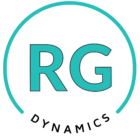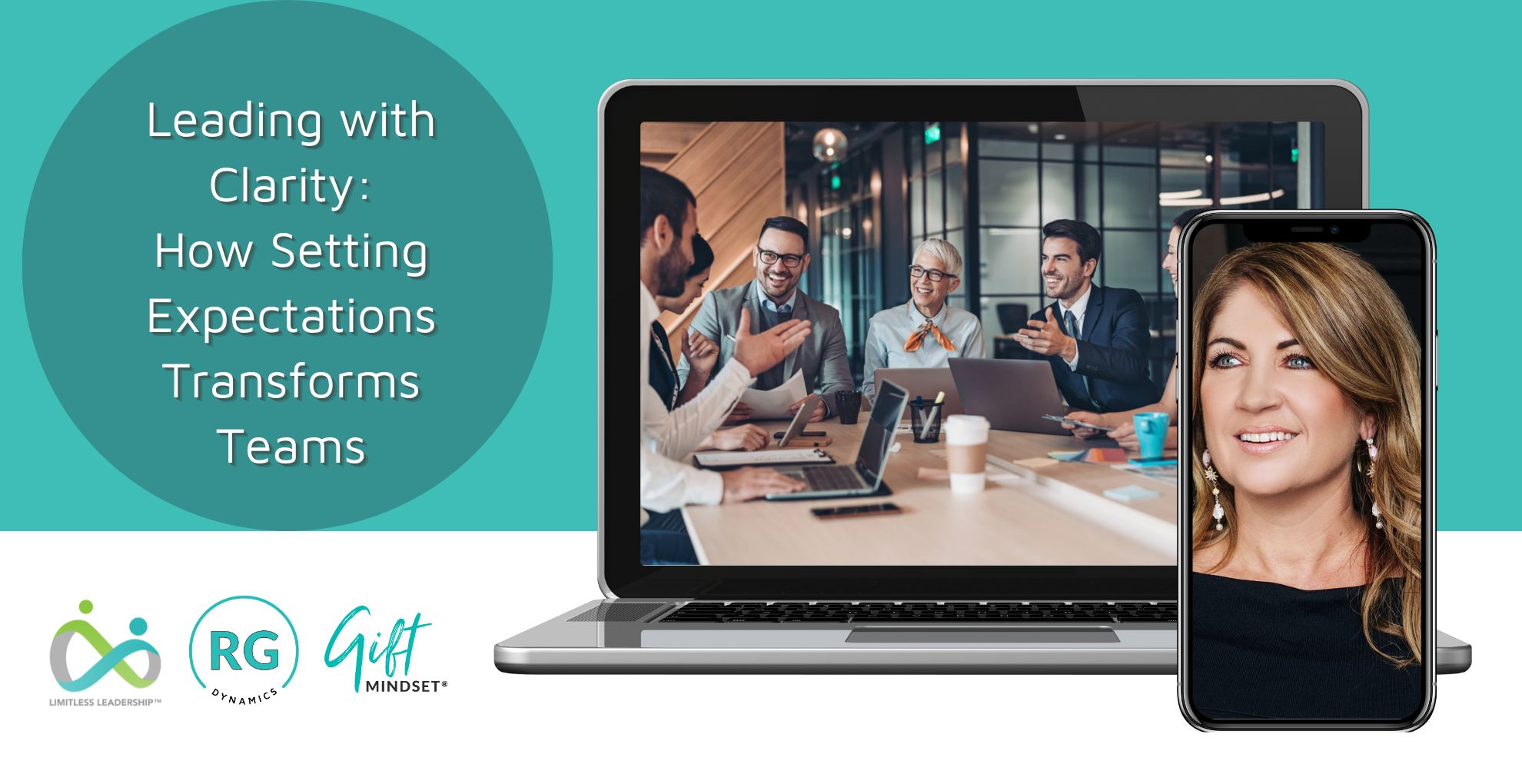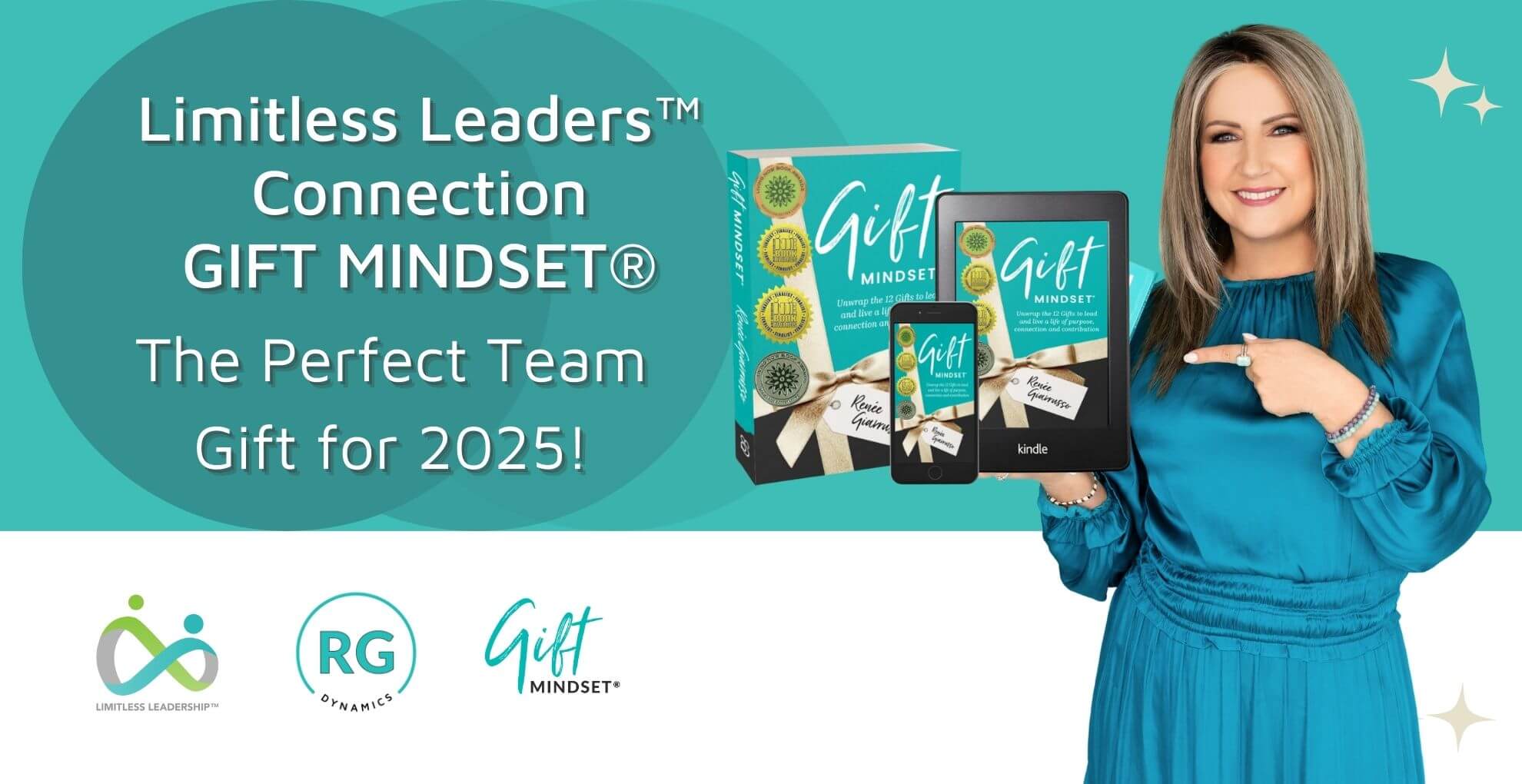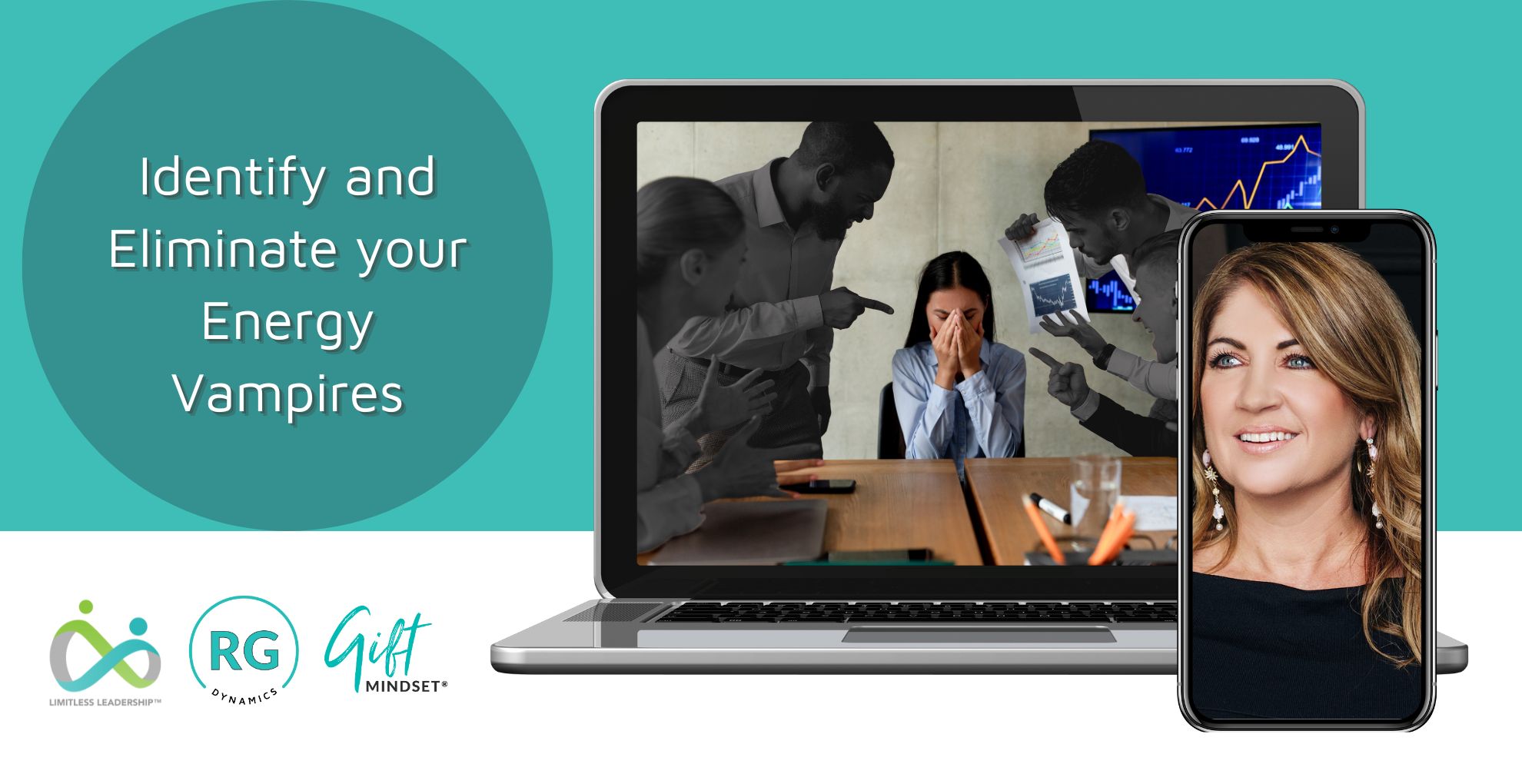We all know we need to review and renew expectations of ourselves and our team regularly.
Investing in the time to do this is often missed.
We can get caught up in the ‘doing’ of leading and working and fail to make what I call ‘being’ where we reflect and reset the why and how we do what we do.
We need to focus on the fundamental practice of setting clear expectations for ourselves and our team, no matter the team size.
Establishing and communicating expectations is vital for fostering a productive, transparent, and motivated work environment.
In this week’s blog, I’ll explore and expand on why this practice is vital and how you can effectively implement it within your business or the organisation you work within.
Why Setting Expectations Matters:
Clarity and Direction: Clear expectations provide a roadmap for our team, guiding them on what needs to be achieved and how. This direction helps align individual goals with the broader objectives and vision of your business or organisation.
Accountability and Responsibility: When expectations are clear and known, team members understand their responsibilities and the standards they are held to. This awareness promotes accountability and ensures that everyone is contributing their fair share.
Motivation and Engagement: Knowing what is expected helps individuals (including leaders) feel more secure in their roles. It reduces uncertainty and stress, allowing them to focus on their tasks confidently and enthusiastically.
Performance Measurement: Clear expectations serve as benchmarks for evaluating performance. They enable leaders to provide constructive feedback based on defined criteria, essential for professional growth and improvement.
Remember, people do what is ‘inspected, not expected’.
Improved Communication: Open discussions about expectations foster a culture of transparency and trust. It encourages open communication, where employees feel comfortable voicing their concerns and ideas. Communication is the key to deep and meaningful relationships and interactions.
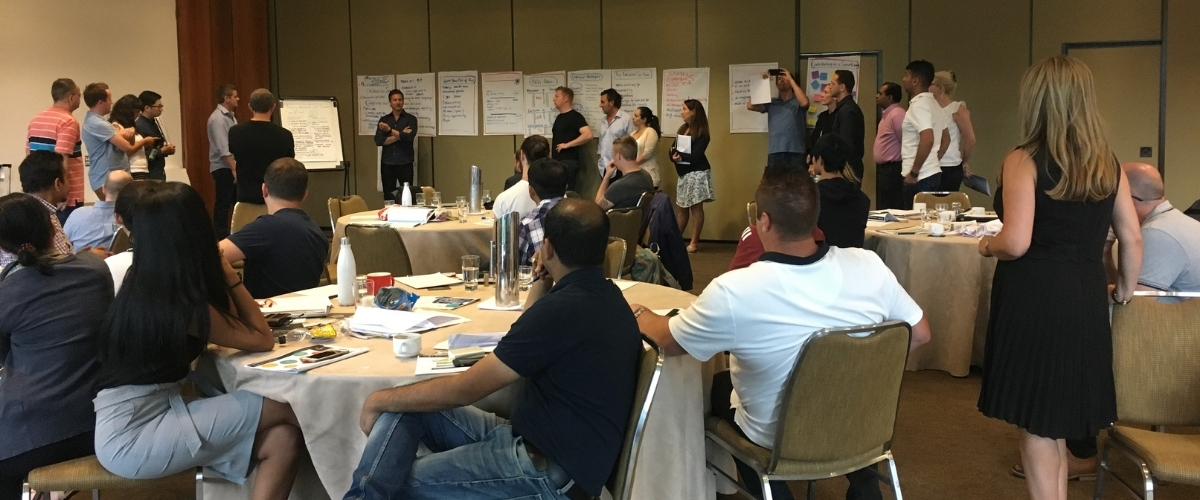
For many years I have included the below framework in leadership and team programs.
To effectively set and align expectations within your team, consider conducting workshops that encourage open dialogue and mutual understanding. Simply work through the questions as a team and flipchart the responses. You can also use this framework 1:1, but from experience, when done collaboratively, this can build clarity, connection, and shared accountability.
Here are some practical questions to guide these sessions:
What is your expectation of your team?
- Define the overall goals and standards you expect the team to achieve.
- Discuss the team’s collective responsibilities and how they contribute to the company’s objectives.
- Clarify the behavioural and performance standards expected from the team.
What is their expectation of you?
- Encourage team members to articulate what they need from you as a leader to succeed.
- Discuss how you can support them in terms of resources, guidance, and feedback.
- Explore ways to enhance your leadership approach to meet their needs better.
As a leader, you need to meet these expectations.
- Clearly define your role and responsibilities from the outset.
- Ensure that you comprehensively understand what is expected in your position, including specific tasks, deadlines, and performance standards.
- Regularly update your team on your progress, challenges, and any support you might need.
What is your expectation of each individual?
- Identify specific goals and responsibilities for each team member based on their role.
- Set clear, achievable targets and deadlines tailored to individual capacities and expertise.
- Discuss the expected contribution of each member to the team’s success.
- Know each person’s strengths and motivations and tap into these.
What is their expectation of their role?
- Ask team members to express what they believe their role entails and how they can add value.
- Discuss their career aspirations and how their current role aligns with these goals.
- Explore any gaps between their perception of the role and your expectations and address them collaboratively.
Gaining insights is great, but the magic is in bringing these insights to life.
Don’t make workshops a “sugar hit”; instead, make them an experience.
Conduct regular check-ins (1:1 Coaching) to revisit and refine expectations as needed. This ensures that everyone remains aligned and that any evolving needs or challenges are addressed promptly.
Keep a written record of the agreed-upon expectations. This serves as a reference point for both parties and helps track progress and accountability.
Establish a robust feedback mechanism where positive achievements and improvement areas are discussed. This will foster continuous development and reinforce the importance of meeting expectations.
Invest in training programs that help employees meet or exceed expectations. This could include skill development workshops, leadership training, or technical courses relevant to their roles.
Setting expectations for all involved is key to collaboration, connection and performance.
You can create a cohesive, motivated, and high-performing team by fostering open communication and mutual understanding.
I’d love to hear how you progress using the framework!
Lead to be limitless!

